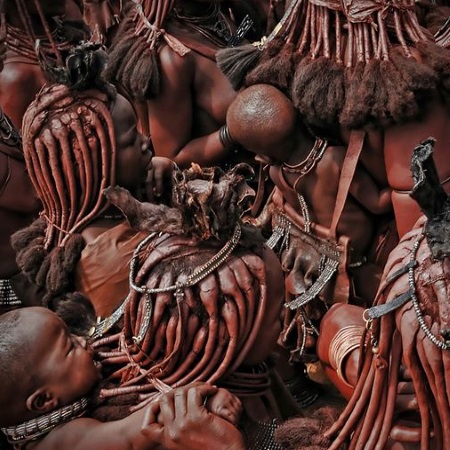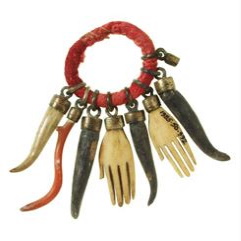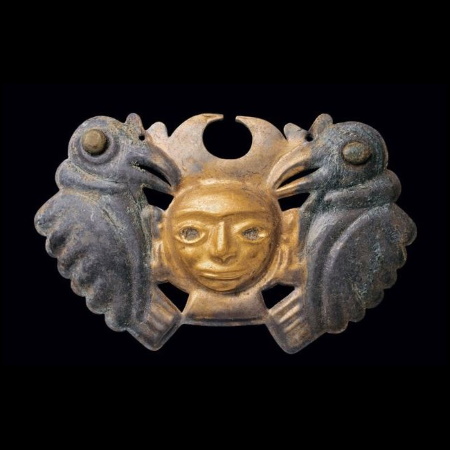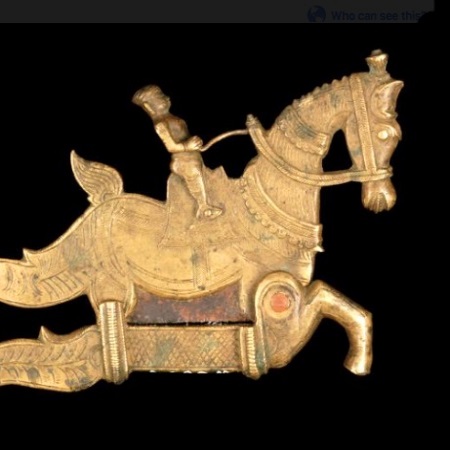by Sarah Corbett
Found all over the world, Amber is a fossilised tree resin.
Not only prized for it’s obvious aesthetic properties, Amber has long been associated with magical power. Thus becoming favoured as a medium with which to create charms and amulets to protect the wearer from ‘bad’ spirits.
Resin is present in trees , and protects them as it prohibits insects from burrowing into the bark. When this protective resin is produced in large quantities it seeps out of the bark, and hardens to become copal. Those pieces of copal get buried in the soil and gradually harden over millennia to become Amber.
Both Copal and Amber are light in weight, this leads to them being carried great distances often far away from their origins.
So from a sap which has oozed from the bark of a prehistoric pine tree, we derive a revered substance which has an enduring appeal for use as adornment.
Most Amber hails from the Baltic regions of Northern Europe.
However Amber can be found all around the world.
There are currently 200 amber deposits known in the world, and each year more are discovered.
In places including Mexico, Ethiopia, Jordan, Austria, Russia, Ukraine, Nicaragua, Czech Republic, Australia, North America, Burma, Borneo, Romania, China, Canada, France, Japan, Spain, Dominican Republic, Italy, The Lebanon and the UK.
Amber often appears on the beaches of Eastern coasts of England where it has been washed ashore by the sea. The best pickings are often to be found at the high tide line after a storm.
Amber has for thousands of years been popular for adornment. For many centuries amber was a high status material and worn by the rich and elite. Following a few decades recently where it became cheaper and more accessible it is again rising sharply in value and is keenly sought at high premiums in the current marketplace.
As with any high value item fake versions of Amber abound! There are many materials used to imitate amber, and we will consider these, and the ways to identify these copies in out next Amber article.
Tags: amber, fossil amber, identification of Amber






